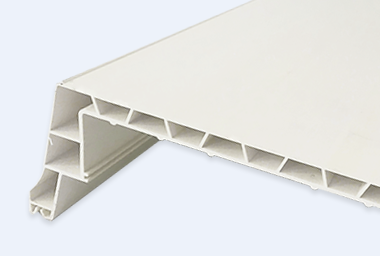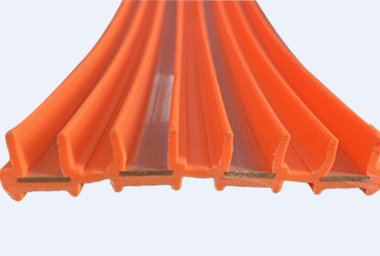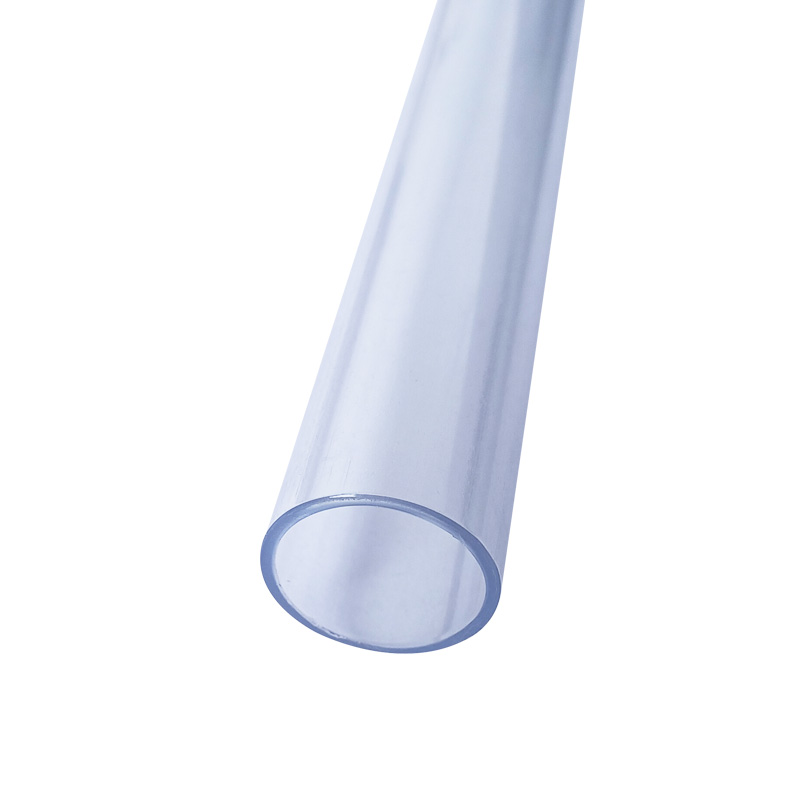Plastic extrusion profile is a process used to create a variety of shapes and sizes of plastic parts. It involves melting plastic pellets or granules and forcing them through a die to create the desired shape. The extruded material is then cooled and cut into the desired length. Plastic extrusion profiles are used in a wide range of applications, from automotive parts to medical devices.
What are the different types of extrusion profiles?
1. Solid Extrusion Profiles
These are the most common type of extrusion profiles and are used for a wide variety of applications. They are typically made from aluminum, brass, copper, or steel and can be used for structural components, decorative trim, and other industrial applications.

2. Hollow Extrusion Profiles
These profiles are hollow and can be used for a variety of applications, including tubing, piping, and other structural components. They are typically made from aluminum, brass, copper, or steel and can be used for structural components, decorative trim, and other industrial applications.
3. Co-Extrusion Profiles
These profiles are made by combining two or more different materials in the same extrusion process. This allows for the creation of complex shapes with multiple layers of different materials that can be used for a variety of applications.
4. Multi-Layer Extrusion Profiles
These profiles are made by combining multiple layers of different materials in the same extrusion process. This allows for the creation of complex shapes with multiple layers of different materials that can be used for a variety of applications.





